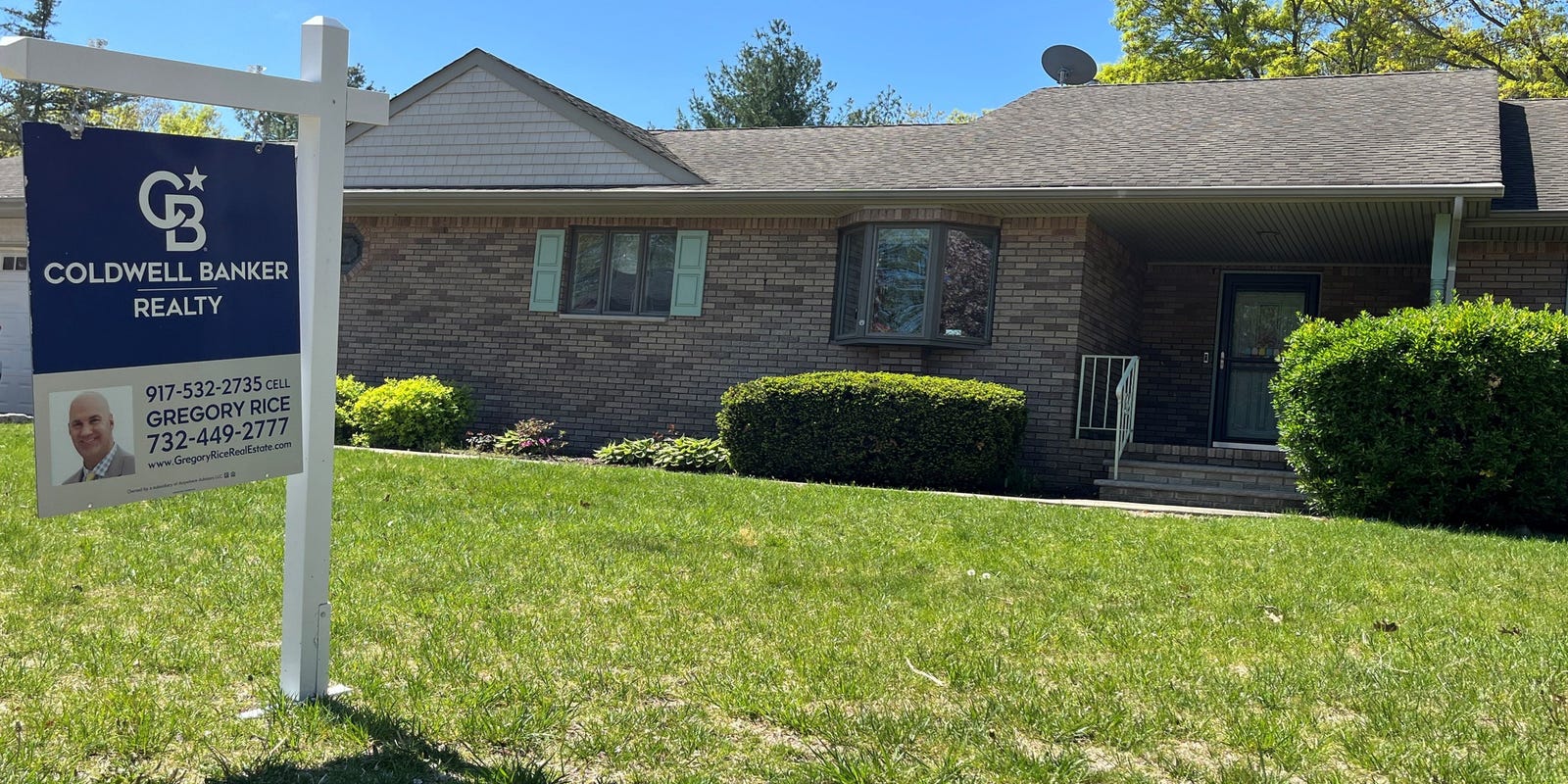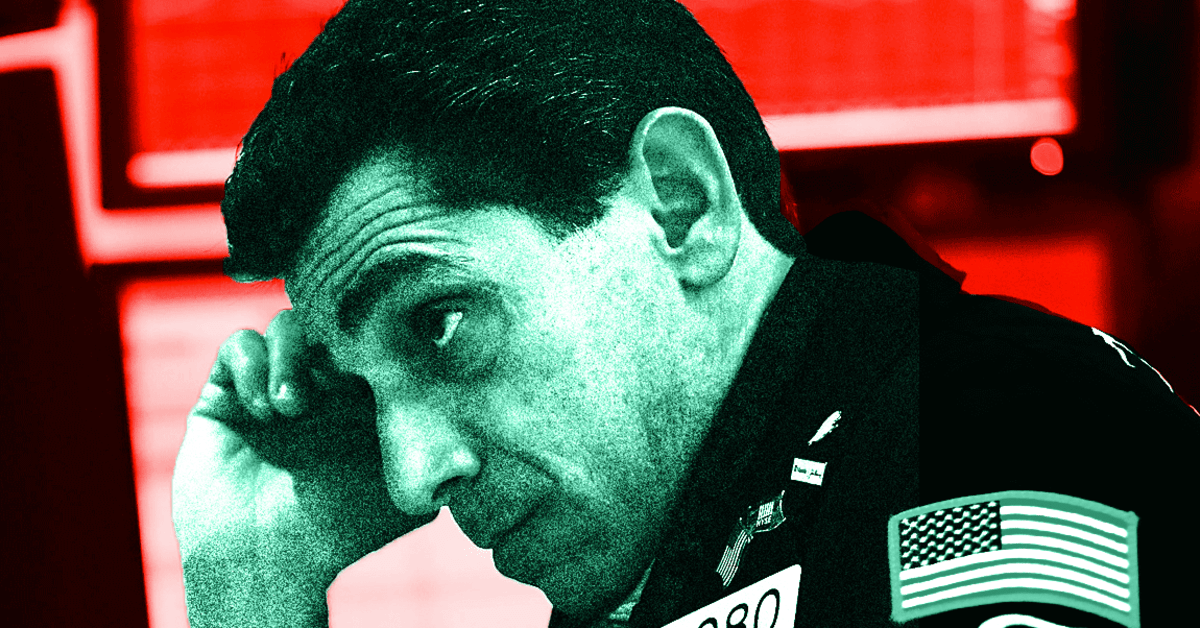
Buying a first home has long been considered a hallmark of adulthood and financial stability in the United States. However, recent data suggests that this milestone is becoming increasingly elusive for the nation’s younger population.
Multiple reports point to significant obstacles that millennials and Generation Z face when attempting to enter the housing market. Rising home prices, limited inventory, high interest rates, and stagnating wages are among the primary challenges. The situation has been exacerbated by economic volatility and inflation, which have further eroded purchasing power.
According to the latest figures from real estate and financial institutions, the median home price continues to rise faster than income levels for younger Americans. In many major metropolitan areas, the cost of a starter home now requires down payments and monthly mortgage obligations that far exceed what is affordable on a median salary. Simultaneously, student loan debt and cost-of-living expenses remain high, adding to the financial burden.
Meanwhile, the rental market has also tightened, with higher rents making it more difficult for individuals to save for a down payment. In response, many young adults are either postponing homeownership or relying on financial assistance from family members. Some are choosing to cohabitate longer with roommates or even parents in an effort to cut costs and build savings.
Experts suggest that addressing this affordability crisis will require multi-faceted solutions, including incentives for building affordable housing, financial education programs, and adjustments to lending policies that reflect the economic realities of today’s younger workforce.
For now, the dream of homeownership remains a difficult goal for many young Americans—transforming what was once a predictable step into adulthood into a considerable financial challenge.
Source: https:// – Courtesy of the original publisher.








